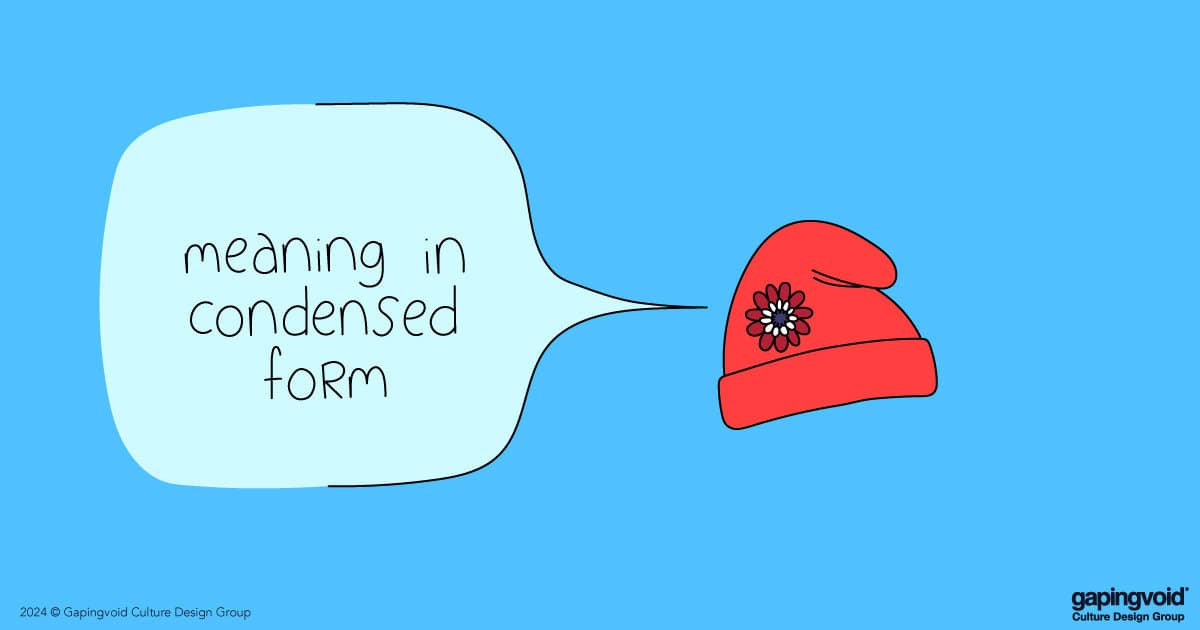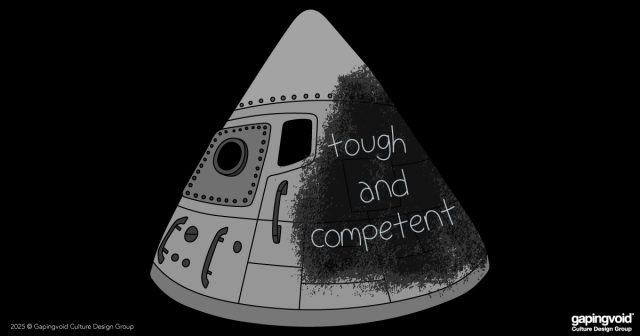
Admit it. Until this summer, very few of us knew what a Phryge was. Most of us probably still don’t.
“Les Phryges” are a pair of mascots for the Paris 2024 Olympics.
Historically, phryges referred to a conical red hat that freed slaves wore in Roman times to declare their liberation.
They’ve been worn off and on ever since, from the American Revolution to the French Revolution to signal freedom, resistance, and revolution. They are now a key symbol of French Republicanism. In other words, centuries of history condensed into a simple piece of cloth. The Phryge isn’t special because it’s a hat, but because of the story it tells.
Symbols are the ultimate compressors. They condense all sorts of complex ideas into a simple, shareable package. The Phryge says “liberté, égalité, fraternité” without uttering a word.
While to some, it just looks like a weird red blob, to others, it’s the embodiment of freedom. The difference is meaning, context, and the stories we attach to it.
Ogilvy Chairman, Rory Sutherland, said that “flowers are weeds with advertising budgets.” He’s onto something. Symbols, like flowers, are designed to get noticed and attract. They catch our eye, stick in our memory, and beg to be shared.
We’re the pollinators. We choose which symbols flourish and which ones fade away. The Olympic Phryge works because it taps into something bigger than itself – a shared cultural narrative.
Meaning isn’t inherent. It’s cultivated. If we want our ideas to spread, we can’t just create a symbol, we have to create meaning around it, and tell a story that resonates. Because it was never about the hat or the mascot. It’s about what it represents, and that’s a story worth telling.



